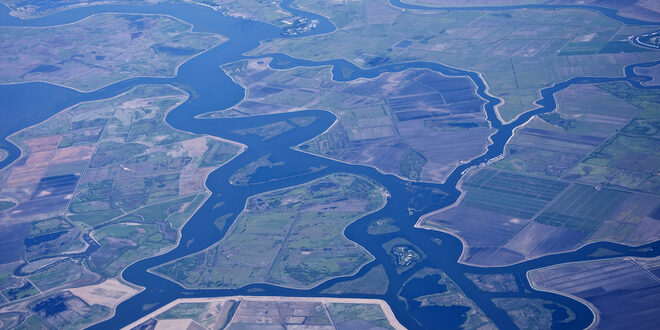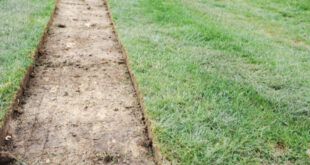The USGS California Water Science Center’s Biogeochemistry Group continues to address surface water quality issues and food web dynamics throughout California, particularly in the Sacramento-San Joaquin Delta and San Francisco Bay.
Recently, this work has expanded to include sampling for cyanotoxins and in situ sensors that detect changes in phytoplankton community composition, along with nutrient measurements and other biologically important water quality parameters (dissolved oxygen, pH, chlorophyll, and dissolved organic matter). The Biogeochemistry Group’s research uses a growing number of fixed monitoring stations, high-resolution boat-based mapping surveys, and a variety of other interdisciplinary and novel approaches.
Current Biogeochemistry Group research includes:
- Phytoplankton dynamics and harmful algal bloom-related toxins
- Changes in wastewater-derived nutrients and their effects
- Cross agency data integration and visualization to inform management decisions
- Sediment nutrient pools and fluxes
Data resulting from these and other areas of study help resource managers plan management actions and predict how the Bay-Delta will respond to future changes. Biogeochemistry data are also used as an early warning system for unanticipated, short-lived, or rapidly changing conditions, such as drought, storms, spills, or levee breaches.
For more information about the study, visit the Biogeochemistry Group website.
 California Water News Daily Your Source For Water News in California
California Water News Daily Your Source For Water News in California


